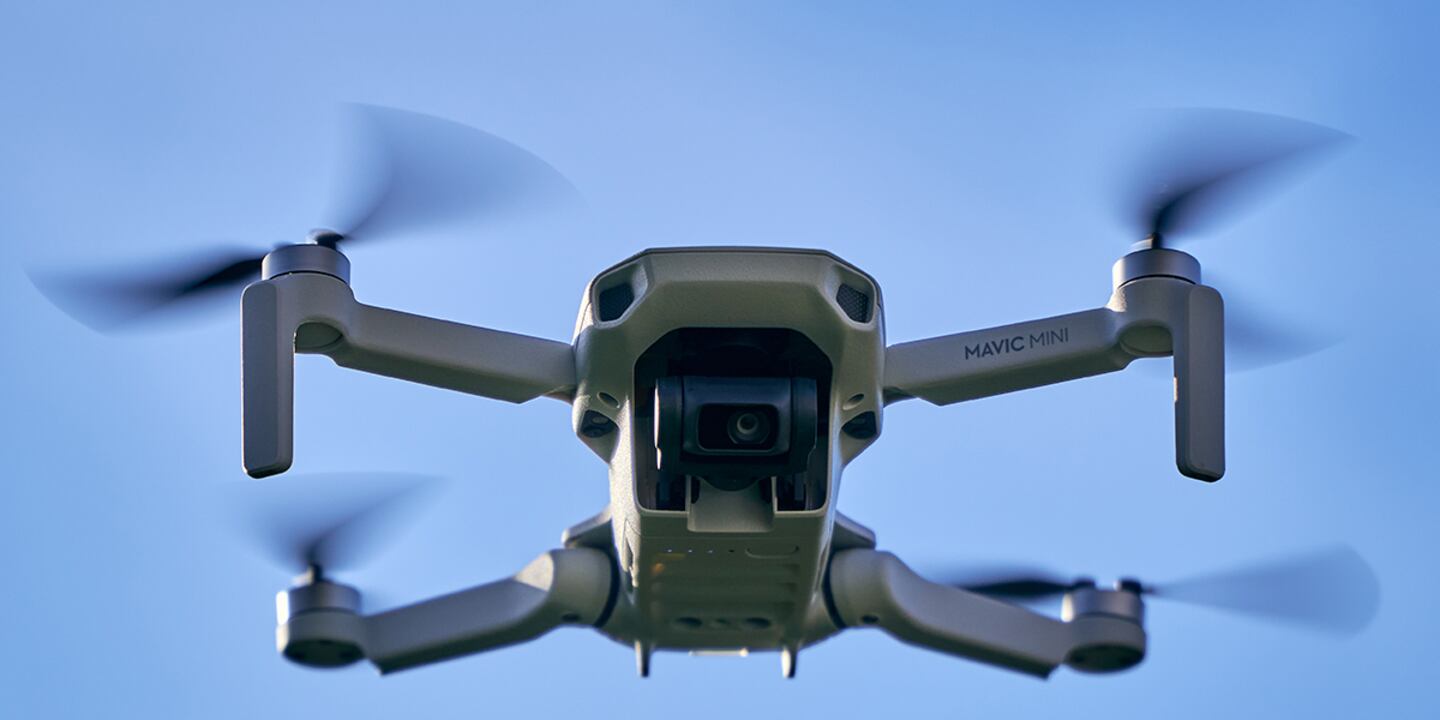All over the world, public health and safety groups are starting to use drones to slow coronavirus spread.
In the United States, they’re already being used to monitor public spaces and enforce social distancing.
Canadian company Draganfly announced it’s in talks with private companies in the Seattle area and could be coming to the Pacific Northwest within months.
The drones can detect social distancing, body temperature, heart rate, and even when people cough.
The CEO of Draganfly, Cameron Chell, says seeing drones in the sky is about to become much more common.
“We’re going to see this deployed on-scale across the United States in a couple of months. We need solutions. People need to get back to work,” Chell said over a Zoom call.
“We have discussions going on in the Pacific Northwest and Seattle for sure,” Chell said. “But in the Seattle area, in particular, it’s all private at this time,” he said.
Chell didn’t specify which companies they’re talking to and wouldn’t say which cities across the U.S. they’re working with to launch their drones.
"Pandemic drones" can detect social distancing, coughing, even your temp & heart rate!
— Deedee Sun (@DeedeeKIRO7) May 22, 2020
Canadian company @DraganflyInc shared this clip & tells me they're talking with private companies to potentially bring this to the Seattle area.
Would you be OK w/ drones monitoring crowds? pic.twitter.com/22K8WR8vES
Infrared technology on drones is not new and is already being used by first responders in our area. Eastside Fire and Rescue uses the heat sensor to search for people who are missing.
Seattle-King County Public Health stated Thursday that it had no plans to use drones in the COVID-19 response, but in Daytona Beach, Florida, drones are already in the sky.
“Because of COVID-19, this park is currently closed,” a drone announced to residents from overhead. The drones they’re using are manufactured by another company, DJI.
The police department in Daytona Beach has tested but not deployed the temperature scanning technology.
In other countries, such as Columbia, the drones’ full capabilities are used to scan crowds. Also, drones spray disinfectant in South Korea and warn residents to keep their distance in China.
Some people in Seattle say they’re open to the idea of “pandemic drones.”
“Especially if people are not observing social distancing or doing what they’re supposed to be doing, it’s a good way to keep it in check,” said Ariel Eccetturo. “If everybody wants everything to get back to normal and we want to get back to our lives, then it’s probably best we do something like that.”
But not everyone is on board.
“I wouldn’t be a fan of it. Because to me, I think it’s a form of invading privacy,” said another Seattle resident.
And others worry when the monitoring would stop.
“When COVID is gone and people are healthy, are you still going to be flying around watching people?” said Stephen Musa.
Draganfly stated there is no facial recognition in the technology, and the information isn’t tied to any one person.
“This software and this system doesn’t identify people,” Chell said. “It just requires the mass collection of data just like a traffic report.”
Chell said, for example, the drones can be used to scan a crowd and figure out if a higher percentage of people than normal have fevers or are coughing. And that could help leaders make decisions.
“Is it 0.2% today and 0.8% tomorrow? And is there social distancing happening there, and do we need to put more signage? Do we need to social distance this week or back it off?” Chell said.
“Unfortunately, the decisions we’re asking public officials to make right now is based on data that’s looking backwards,” he said.
The program was going to be rolled out by a police department in Connecticut, but was pulled back because of residents’ privacy concerns.
© 2020 Cox Media Group





